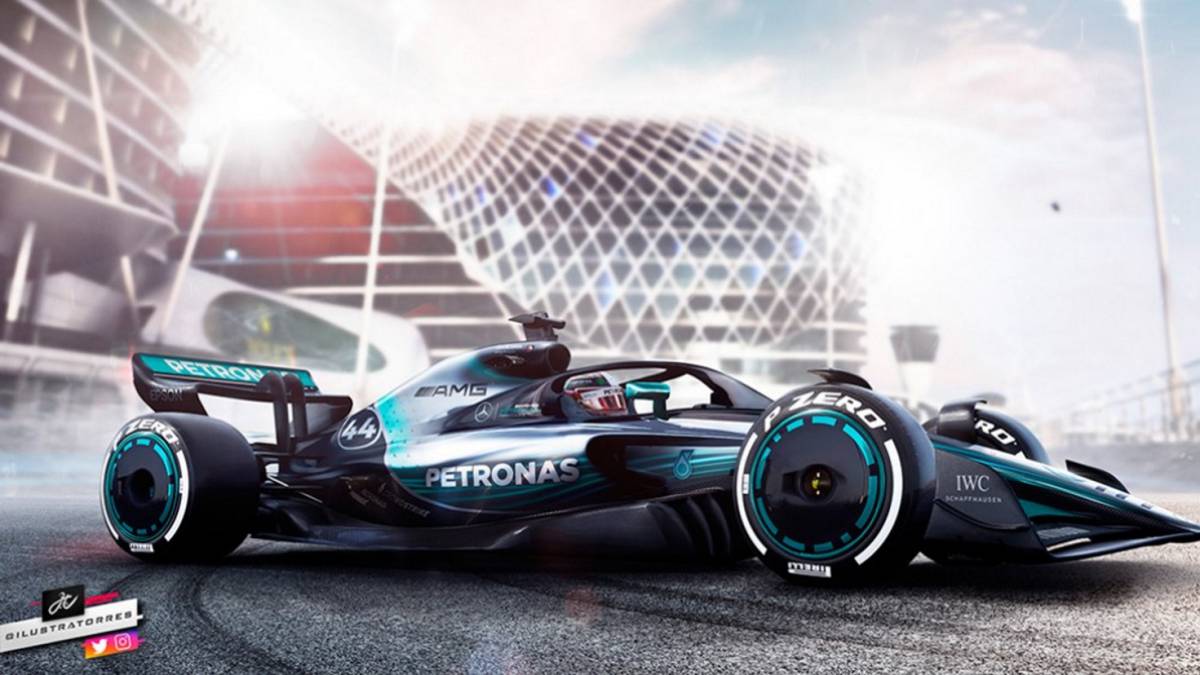Mercedes fear some teams could manipulate their results to try and benefit from the new aerodynamic testing regulations (ATR) coming for 2021.
As part of the effort to close up the Formula 1 grid, from next year, teams who finish lower in the Constructors’ Championship will get more windtunnel testing than those at the top on a sliding scale across the 10 teams.
This is seen as a less drastic method of penalising success without going as far as extra ballast etc., but unsurprisingly, it still hasn’t sat well with the bigger teams, with Mercedes joining Red Bull in publicly voicing their concerns.
“There are things behind it that are a bit awkward,” said technical director James Allison on the F1 Nation podcast.
“This regulation is being introduced next year so it will start in 2021, but consider what that means.
“In 2021, we’re all going to be running cars that are largely frozen, carried over cars from 2020. So our significant axis of work in 2021 is going to be on preparing this new-generation car for 2022.

“So this entirely new blank sheet of paper car, which has got nothing to do whatsoever with the current generation of cars, you’re fortunate in that championship is to be some extent influenced by how strong you were in 2020, two seasons previously.
“That’s a really laggy feedback system and is likely to encourage you to game a championship because if you are not really very good in 2020, it suits you to be really [bad] in 2020 as long as you know you can survive into 2021 and beyond you are going to have a really good run in at this new car.
“I guess that’s the nature of the challenge, but it’s maybe not as obvious on first reading of those regulations just how long the shadow is that they cast.”
The Mercedes tech chief also fears the reduction in the budget cap from $175m to $145m will make the uneven ATR more influential as more midfield teams, like McLaren, Renault and Racing Point, will operate at the same level as the top outfits.
“When it was first proposed, the budget cap was at a level where many of the teams on the grid couldn’t dream of getting to the budget cap, so it was rather academic – the level it was set at,” Allison explains.
“So the sliding ATR was perhaps a mechanism to allow a team that couldn’t afford the budget cap a very cost-effective way of getting a degree of competitiveness they couldn’t actually buy directly with their wallet because their wallet was too thin.
“There’s some logic to that, but when the thing is sliding all the way from first place to 10th place, you’ve got teams that are absolutely on the same level of financial firepower being advantaged and disadvantaged to one another on the basis of a very laggy feedback system across a regulation change.”
Also Read:
- Mercedes thought reverse grid races would ‘interfere’ with Hamilton, Red Bull claim
- McLaren, Racing Point optimistic as F1 cost-cutting measures approved
Coming to the defence of the new ATR though, F1 motorsport director Ross Brawn insists it is not so strongly levied in smaller teams’ favour that the top teams can’t stay ahead.
“This is going to be a permanent feature unless we find some unintended consequence which we don’t know of at the moment,” he told RaceFans. “It’s a gentle levelling of the playing field.
“The important thing about it is it still is a strong meritocracy. If you do a bad job, even if you’ve got more aerodynamic capacity, you’re going to be at the back of the grid. And if you do a great job with less than aerodynamic capacity, you’re going to be at the front of the grid.
“I like to think of it a bit like the NFL draft pick where you get to pick the best players initially, but you still have to coach them properly and you still to have the right tactics and you still have to be fit and you have to do all those other things that make it a meritocracy.
“So this is just a general levelling of the playing field.”

